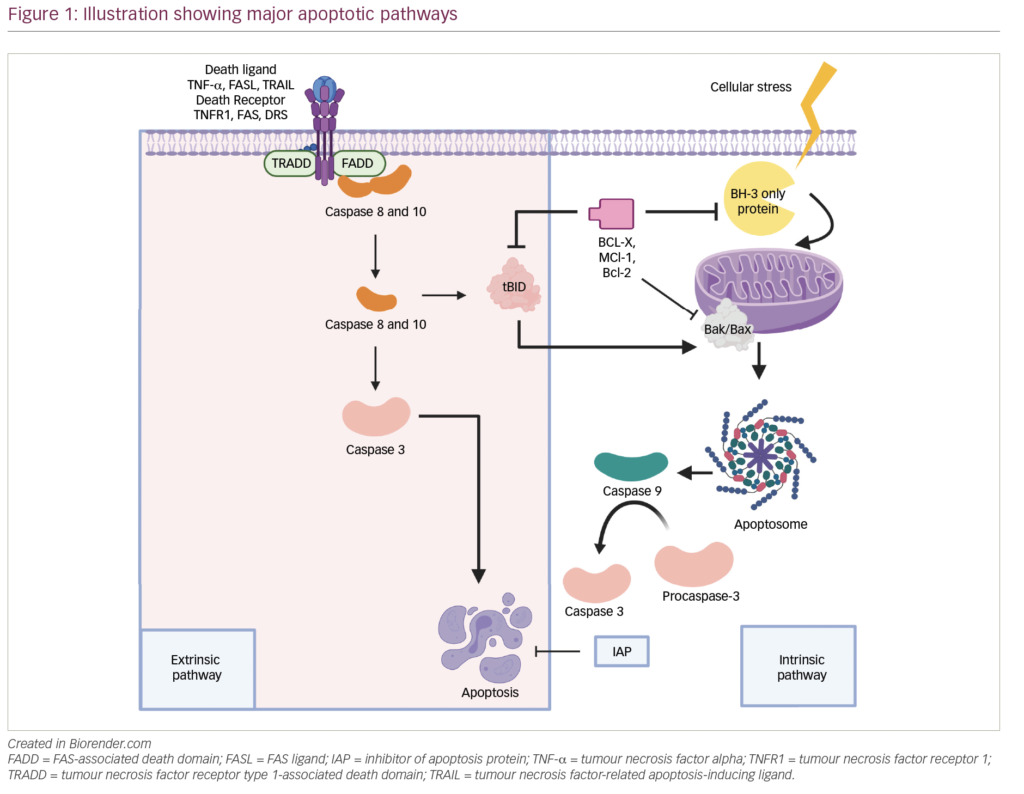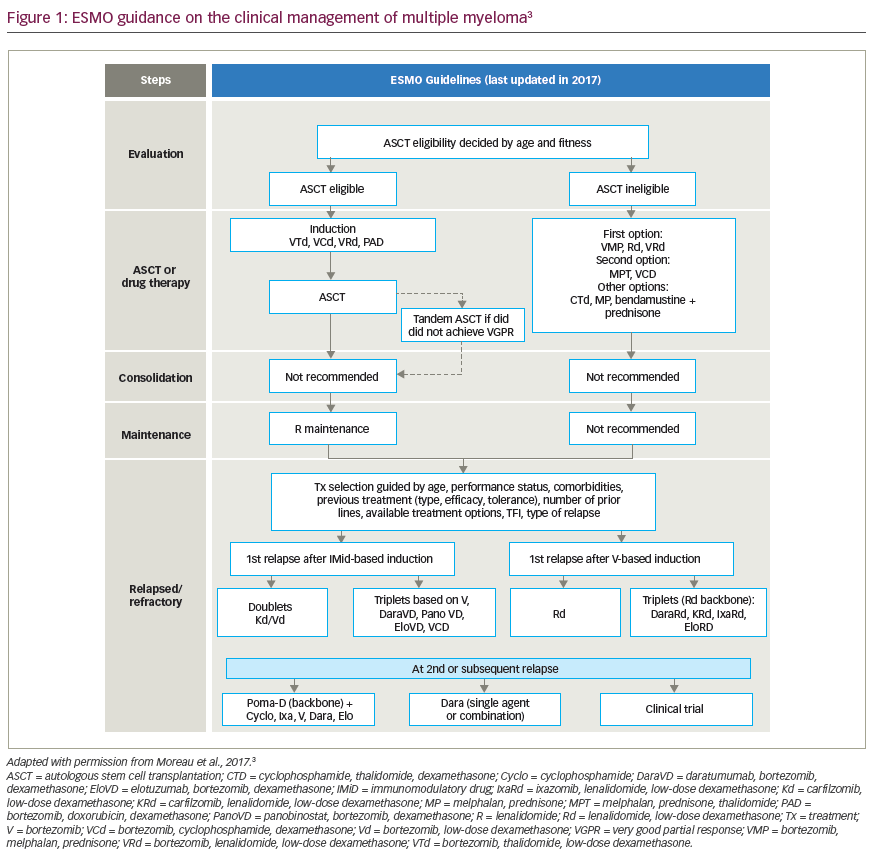Over recent years, there have been significant advances in the treatment of multiple myeloma, including the introduction of novel drugs, which have changed the entire treatment paradigm. The rapid pace of developments in this field have led to the initiation of the annual International Congress on Controversies in Multiple Myeloma (COMy) which began in 2014. The 4th congress was held in Paris on 3–5 May 2018. A highlight of the congress is the Multiple Myeloma Excellence Award, in recognition of innovative research and clinical work that has contributed significantly to progress in the field of multiple myeloma and plasma cell dyscrasias. This year, Irene Ghobrial of the Michele & Stephen Kirsch Laboratory, Dana-Farber Cancer Institute, Harvard Medical School, Boston, MA, US, was a recipient of the award. In addition to her established research portfolio in the field of multiple myeloma, it has recently been announced that Dr Ghobrial is to lead a Stand Up To Cancer Multiple Myeloma Dream Team project, which is the first large-scale population survey in the USA for precursor conditions of multiple myeloma. In an expert interview, Dr Ghobrial discusses the award, the latest advances in multiple myeloma research and the Stand Up To Cancer project.
Q. Of your many achievements in multiple myeloma research that have led to your COMy award, which do you think represents the most significant advance?
I have been trying to refocus on therapies that stop progression from precursor conditions to myeloma, and the award reflects my translational laboratory work as well as clinical trial work. At Dana-Farber, we have started a ‘prevention of progression’ focus that includes clinic, laboratory work, clinical trial and also our new screening study for Stand Up To Cancer.
Q. What do you expect to be the highlights of this year’s COMy congress?
The most exciting subject is likely to be chimeric antigen receptor (CAR)-T cell therapy: when and how to treat patients in the era of CAR-T therapy. Other interesting areas include new drugs such as venetoclax and the era of personalised medicine.
Q. Could you tell us a little about the Stand Up To Cancer Dream Team project that you are leading?
Many patients have monoclonal gammopathy of undetermined significance (MGUS) or smoldering myeloma they are unaware of because they have no symptoms and we do not screen for it. In such patients, high levels of protein may have been detected by a primary care physician. MGUS and smoldering myeloma will progress to myeloma over years so the risk of progression is small, but every patient with myeloma has had this earlier precursor condition. We routinely screen for other cancers with mammography or gammography and yet these tests do not have the sensitivity of a blood test for an M protein spike.
In this project, we aim to screen 50,000 individuals who are at high risk of myeloma, based on established risk factors such as ethnicity (African-Americans are three-times more likely than whites to develop the precursor conditions, and tend to develop them at an earlier age) and people with first-degree relatives who have had multiple myeloma or other lymphoma. These will most likely have a higher chance of a positive test than the 3% of people aged over 50 years in the general population: we estimate the rate will be around 8%. Therefore, we expect around 3,000 people to test positively. We will continue to monitor these patients closely and aim to identify genetic and microenvironmental factors that lead to progression to full-blown multiple myeloma, with the aim of developing therapies that will prevent this. For those who are negative, we will try to understand the reasons why they are negative, such as genetic predisposition, so these will involve germline sequencing. This is a large endeavour that will involve Harvard School of Public Health, John Hopkins University, the Brodie Institute, Massachusetts Institute of Technology (MIT), the Mayo Clinic and many others. At-risk patients may then enter clinical trials, including vaccine trials.
Q. What new novel technologies are emerging to improve the imaging and prevention of progression in multiple myeloma?
Researchers at MIT, one of our collaborators in the Stand Up To Cancer project, have developed nanoparticles that can deliver better imaging by magnetic resonance imaging and computed tomography scans, and can be used for delivery of therapies. We are using this to try to achieve earlier sensitivity and accuracy in identifying lesions in patients with smoldering myeloma. However, much preclinical and clinical work is needed.
Q. What advice would you give to young oncologists hoping to emulate your success?
We need big ideas to significantly change the way we approach multiple myeloma, particularly in terms of early detection and prevention. It is important not to become bogged down by routine and established treatment methods but to think of different approaches of how we might make a difference and work toward curing the disease.












